Code
HCS24469
Weight
1.403 Kg / 3.09 lbs
Size
Height
25cm (10") Width
9cm (4") Depth
9cm (4") Material
Copper
Availability
Available
Date Added
2021-09-07 17:10:02
Note : We used to sell this product 4 years ago so it may no longer be in our stock.
It is possible that we still have it with our suppliers but the price could be different from before.
Feel free to order. We will verify availability and inform you promptly.
It is possible that we still have it with our suppliers but the price could be different from before.
Feel free to order. We will verify availability and inform you promptly.

Safe Payment
We accept Paypal, Money Transfer, Bank Transfer
Confidence
Protection covers your purchase and personal data.
Worldwide Delivery
We ship Worldwide, except Russia.Shipping cost US$25.2 for upto 0.5 kgs

Hotline
Talk to help line for your question on 9841267335Rare Find : what is a Rare find?
This Buddhist Statue Of Standing Lokeshvara, [gold Plated, Antique], [rare Find] is a rare find product, The Rare Find product is an uncommon and elusive product that is difficult to find and likely the only one available for sale. Once sold, Buddhist Statue Of Standing Lokeshvara, [gold Plated, Antique], [rare Find] will be removed from the listings or marked as sold. This rarity and exclusivity make it highly sought-after by collectors and enthusiasts, offering a unique and irreplaceable addition to any collection.
This Buddhist Statue Of Standing Lokeshvara, [gold Plated, Antique], [rare Find] is a rare find product, The Rare Find product is an uncommon and elusive product that is difficult to find and likely the only one available for sale. Once sold, Buddhist Statue Of Standing Lokeshvara, [gold Plated, Antique], [rare Find] will be removed from the listings or marked as sold. This rarity and exclusivity make it highly sought-after by collectors and enthusiasts, offering a unique and irreplaceable addition to any collection.
Full Gold Gilded with Antique Patina.
The Buddhist Statue Of Standing Lokeshvara, [gold Plated, Antique], [rare Find] has full gold plated antique finishing. This finishing is a combination of fire mercury gold plating and antique finishing. This traditional technique involves the application of a genuine layer of gold onto the Buddhist Statue Of Standing Lokeshvara, [gold Plated, Antique], [rare Find] using the time-honored process of mercury gold plating. Skilled artisans meticulously handle the amalgamation of gold with mercury, ensuring precise application and a truly authentic result. To enhance its charm further, the Buddhist Statue Of Standing Lokeshvara, [gold Plated, Antique], [rare Find] undergoes an antique finishing process. This meticulous treatment adds a touch of age and character to the gold plating, creating a sense of antiquity. Through careful craftsmanship and the application of specialized techniques, the Buddhist Statue Of Standing Lokeshvara, [gold Plated, Antique], [rare Find] acquires a beautifully aged appearance that adds depth and uniqueness to its overall aesthetic. Read More . . .
The Buddhist Statue Of Standing Lokeshvara, [gold Plated, Antique], [rare Find] has full gold plated antique finishing. This finishing is a combination of fire mercury gold plating and antique finishing. This traditional technique involves the application of a genuine layer of gold onto the Buddhist Statue Of Standing Lokeshvara, [gold Plated, Antique], [rare Find] using the time-honored process of mercury gold plating. Skilled artisans meticulously handle the amalgamation of gold with mercury, ensuring precise application and a truly authentic result. To enhance its charm further, the Buddhist Statue Of Standing Lokeshvara, [gold Plated, Antique], [rare Find] undergoes an antique finishing process. This meticulous treatment adds a touch of age and character to the gold plating, creating a sense of antiquity. Through careful craftsmanship and the application of specialized techniques, the Buddhist Statue Of Standing Lokeshvara, [gold Plated, Antique], [rare Find] acquires a beautifully aged appearance that adds depth and uniqueness to its overall aesthetic. Read More . . .
Lost-Wax System
This Avalokitesvara of Buddhist Statue Of Standing Lokeshvara, [gold Plated, Antique], [rare Find] is made by the process of the Lost Wax system. This is a very complicated, time consuming and historic process of making metal sculptures.Which is why it is sometimes called Precision Casting as well. Hence the sculptures made by this process are comparatively expensive. There are many new, advanced and less time consuming methods of casting metal sculptures available as well. But due to the benefits provided by the traditional lost wax system in quality control and customization, we prefer the Loss wax system over Ceramic molding, or sand casting to make our Avalokitesvara.
Below we have tried to illustrate the process of making a loss wax system statue: Read More . . .
This Avalokitesvara of Buddhist Statue Of Standing Lokeshvara, [gold Plated, Antique], [rare Find] is made by the process of the Lost Wax system. This is a very complicated, time consuming and historic process of making metal sculptures.Which is why it is sometimes called Precision Casting as well. Hence the sculptures made by this process are comparatively expensive. There are many new, advanced and less time consuming methods of casting metal sculptures available as well. But due to the benefits provided by the traditional lost wax system in quality control and customization, we prefer the Loss wax system over Ceramic molding, or sand casting to make our Avalokitesvara.
Below we have tried to illustrate the process of making a loss wax system statue: Read More . . .
Brief Introduction :
Padmapani is also a form of Avalokiteshvara. He is generally seen standing on the right side of Buddha Amitabha in Sukhavati Heaven. He is depicted as red in color. He holds a lotus flower in his left hand and shows varada mudra with his right hand. He wears an antelope skin on the shoulders. He wears all the ornaments typical of a bodhisattva symbolizing his enlightened experiences. He wears a crown and his hair is bound to form a top knot. Sometimes it is eclipsed by an effigy of Amitabha Buddha. When there is no effigy of Amitabha Buddha in the crown of Padmapani, he is then white in color.
Iconography :Padmapani Lokeshvara wears an antilope skin on the shoulders. Padmapani Lokeshvara wears all the ornaments typical of a bodhisattva symbolizing his enlightened experiences. Padmapani Lokeshvara wears a crown and his hair is bound to form a top knot. Sometimes it is eclipsed by an effigy of Amitabha Buddha. When there is no effigy of Amitabha Buddha in the crown of Padmapani, he is then white in colour.
Legend :A legend says that once an elephant was going to pick up a lotus flower in a pond. Unfortunately he slipped into the mud. Padmapani Lokeshvara cried in agony and prayed for Narayana. In the mean time Arya Avalokiteshvara was in that jungle and he heard the prayer. Immediately he took the form of Narayana and rescued the elephant from the marshy pond. Then Avalo-kiteshvara took the lotus offered by the elephant and went to Jetavana grove where Buddha Shakyamuni was residing. He in turn offered this lotus flower to Buddha Shakyamuni. Buddha Shakyamuni thanked Avalokiteshvara for his offer of the lotus flower and requested him to offer it to Lord Amitabha on his behalf. Avalokiteshvara told the whole story to Lord Amitabha Buddha. Appreciating the philanthropic deeds of Avalokiteshvara, Buddha Amitabha told him to keep that lotus flower forever and continue the act of benefitting all sentient beings. Later
on Avalokiteshvara was known as Padmapani Lokeshvara.
In Kathmandu valley nun.erous images of Padmapani Bodhisattva or Lokeshvara are found. Padmapani Lokeshvara found in Shreegha vihara in Kathmandu is believed to be of the fifth century of Christian era. According to Pandit Hem Raj Shakya 202 images or sculptures of Padmapani carved in stones are found in Patan city alone dating as early as theLichchavi period.
on Avalokiteshvara was known as Padmapani Lokeshvara.
In Kathmandu valley nun.erous images of Padmapani Bodhisattva or Lokeshvara are found. Padmapani Lokeshvara found in Shreegha vihara in Kathmandu is believed to be of the fifth century of Christian era. According to Pandit Hem Raj Shakya 202 images or sculptures of Padmapani carved in stones are found in Patan city alone dating as early as theLichchavi period.


![Buddhist Statue Of Standing Lokeshvara, [gold Plated, Antique], [rare Find]](https://handicraftseller.com/uploads/pics/product/thumb/2021/09/24469.jpg)
![Buddhist Statue Of Standing Lokeshvara, [gold Plated, Antique], [rare Find]](https://handicraftseller.com/uploads/pics/product/thumb/2021/09/24469_0.jpg)
![Buddhist Statue Of Standing Lokeshvara, [gold Plated, Antique], [rare Find]](https://handicraftseller.com/uploads/pics/product/thumb/2021/09/24469_1.jpg)
![Buddhist Statue Of Standing Lokeshvara, [gold Plated, Antique], [rare Find]](https://handicraftseller.com/uploads/pics/product/thumb/2021/09/24469_2.jpg)
![Buddhist Statue Of Standing Lokeshvara, [gold Plated, Antique], [rare Find]](https://handicraftseller.com/uploads/pics/product/thumb/2021/09/24469_3.jpg)


























































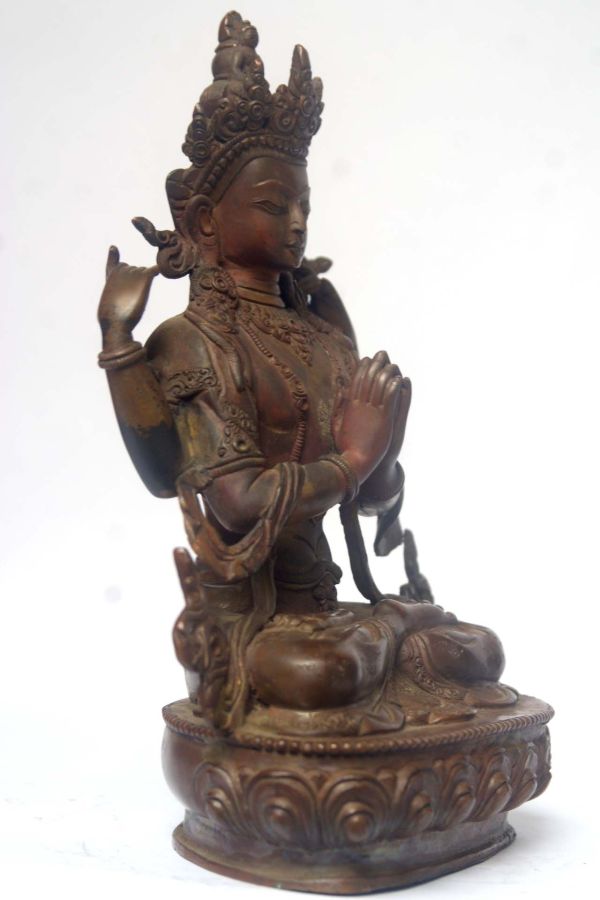 Sold" title="Chenrezig,
Sold" title="Chenrezig,  Sold" title="Chenrezig,
Sold" title="Chenrezig,  with Gold Base,
with Gold Base, 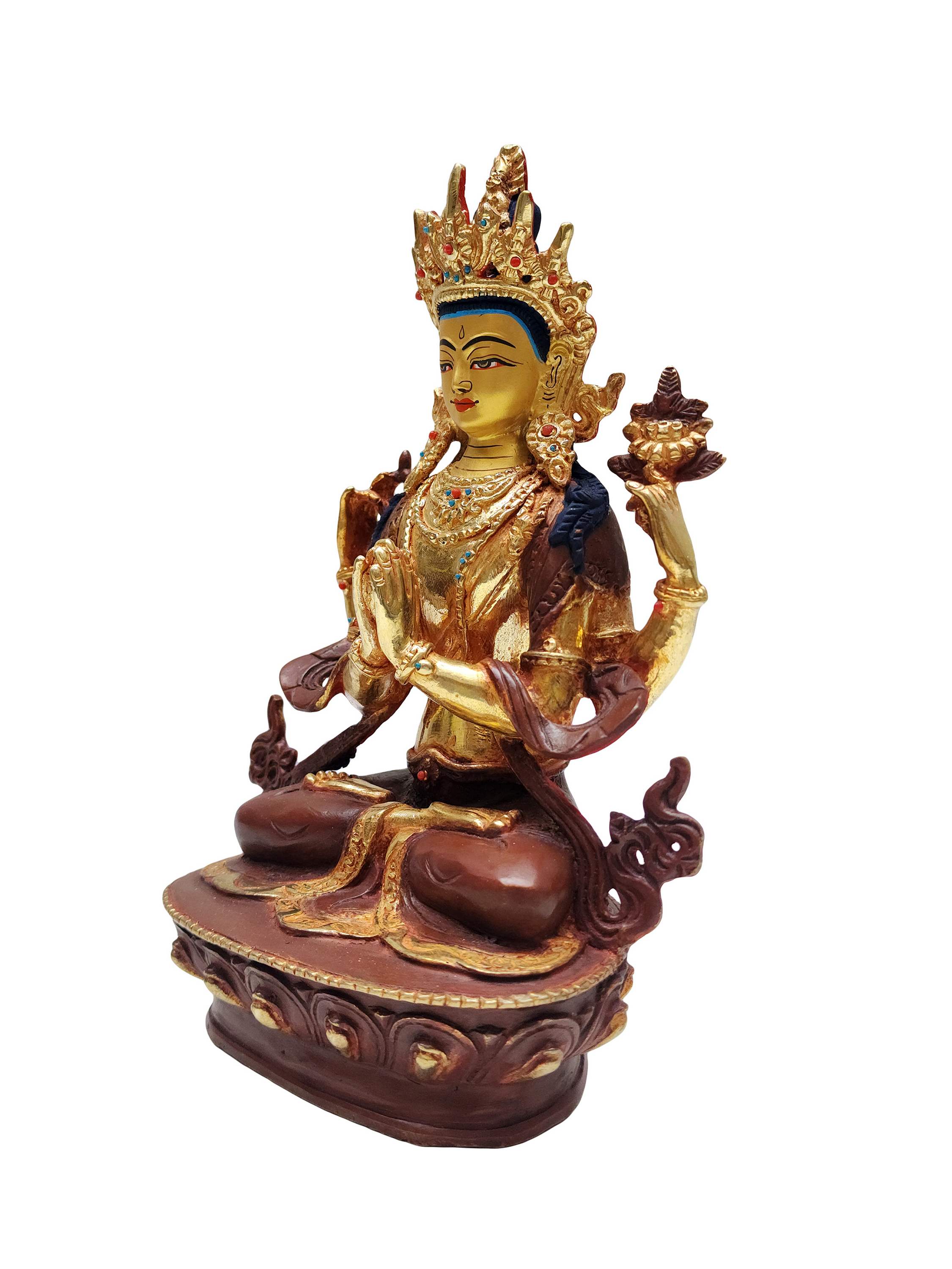 with Gold Base,
with Gold Base,  Face Painted,
Face Painted, 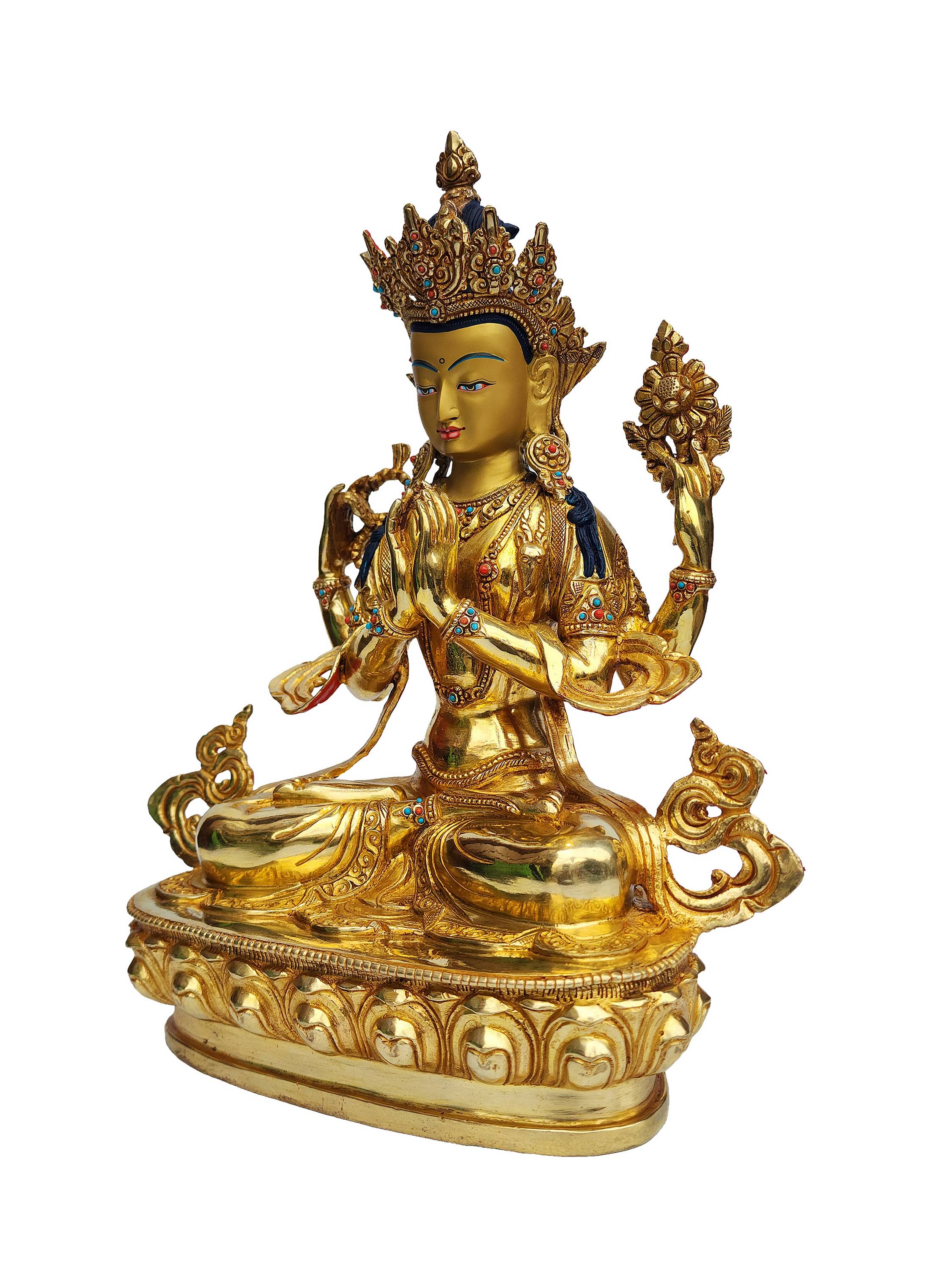 Face Painted,
Face Painted, 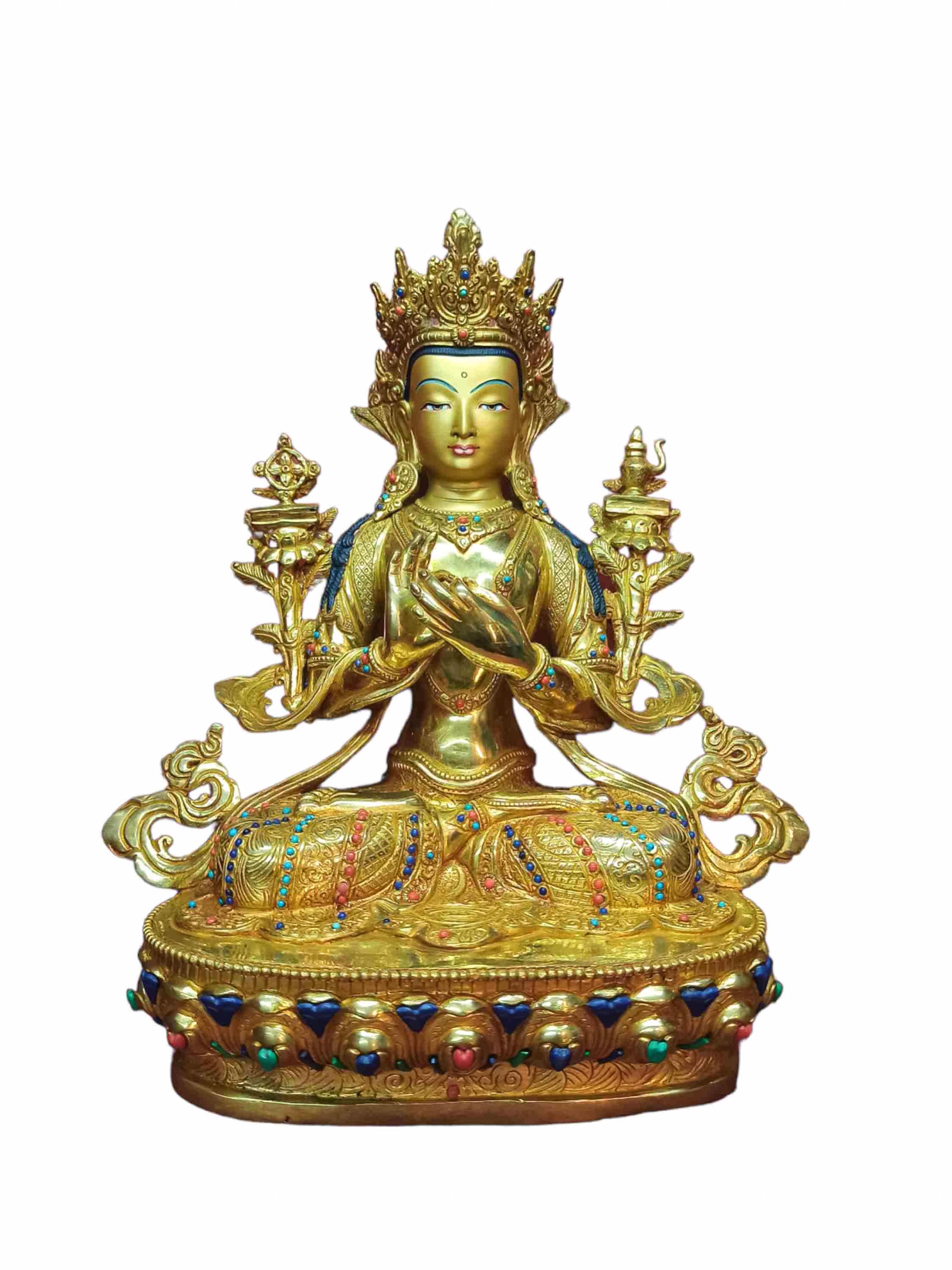 of Maitreya Buddha
of Maitreya Buddha 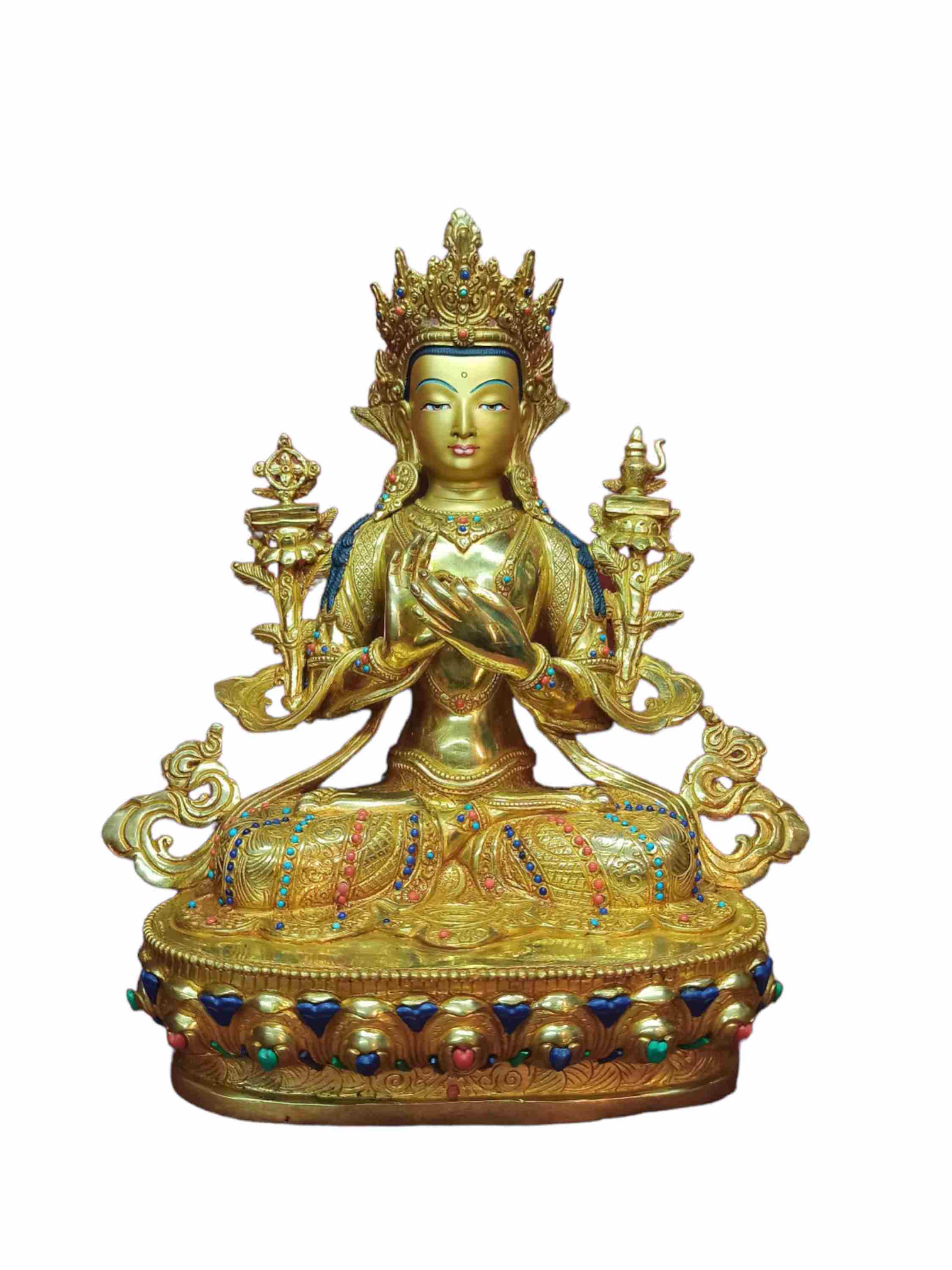 of Maitreya Buddha
of Maitreya Buddha 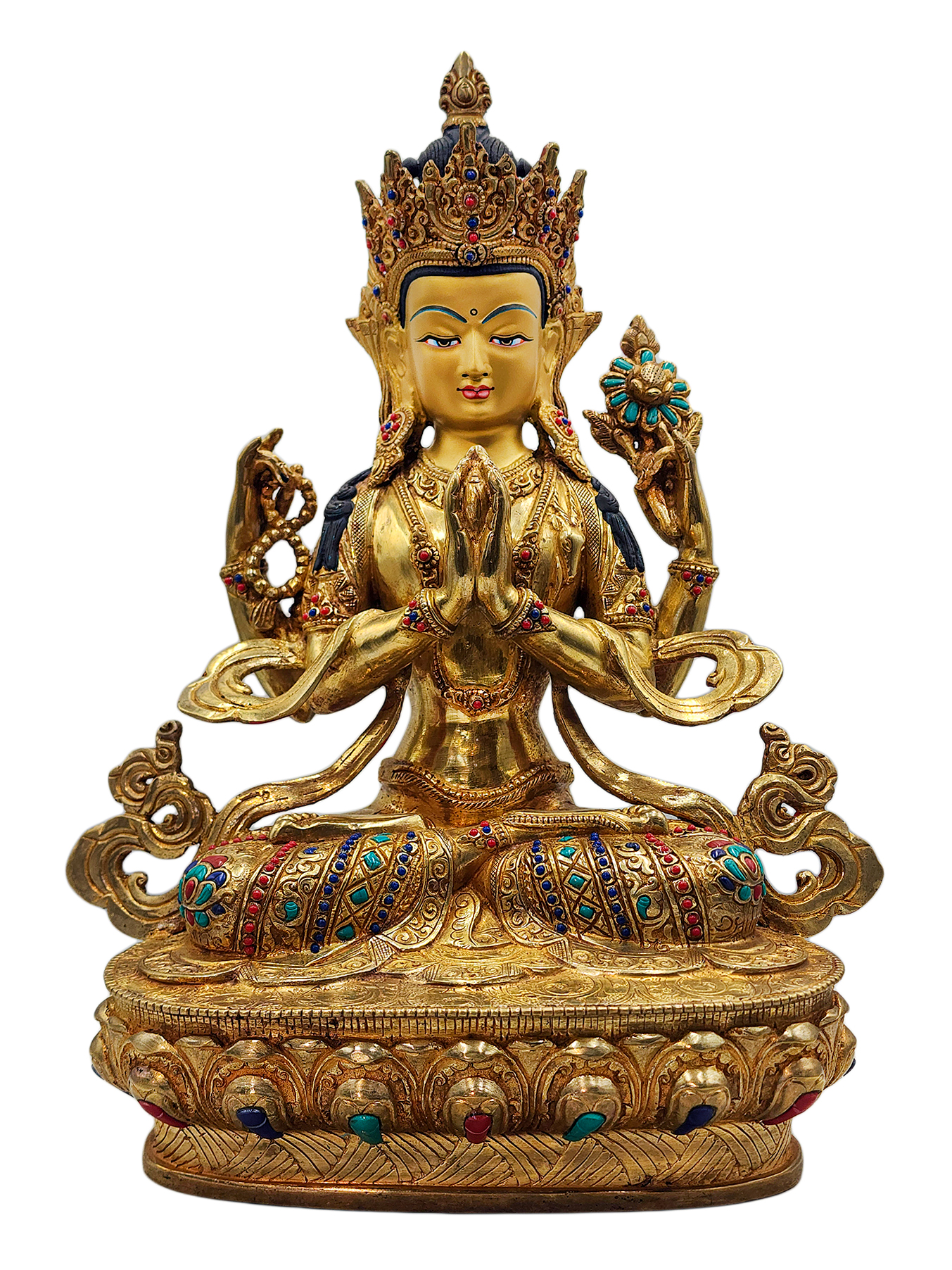 Chenrezig, Buddhist Handmade Statue,
Chenrezig, Buddhist Handmade Statue, 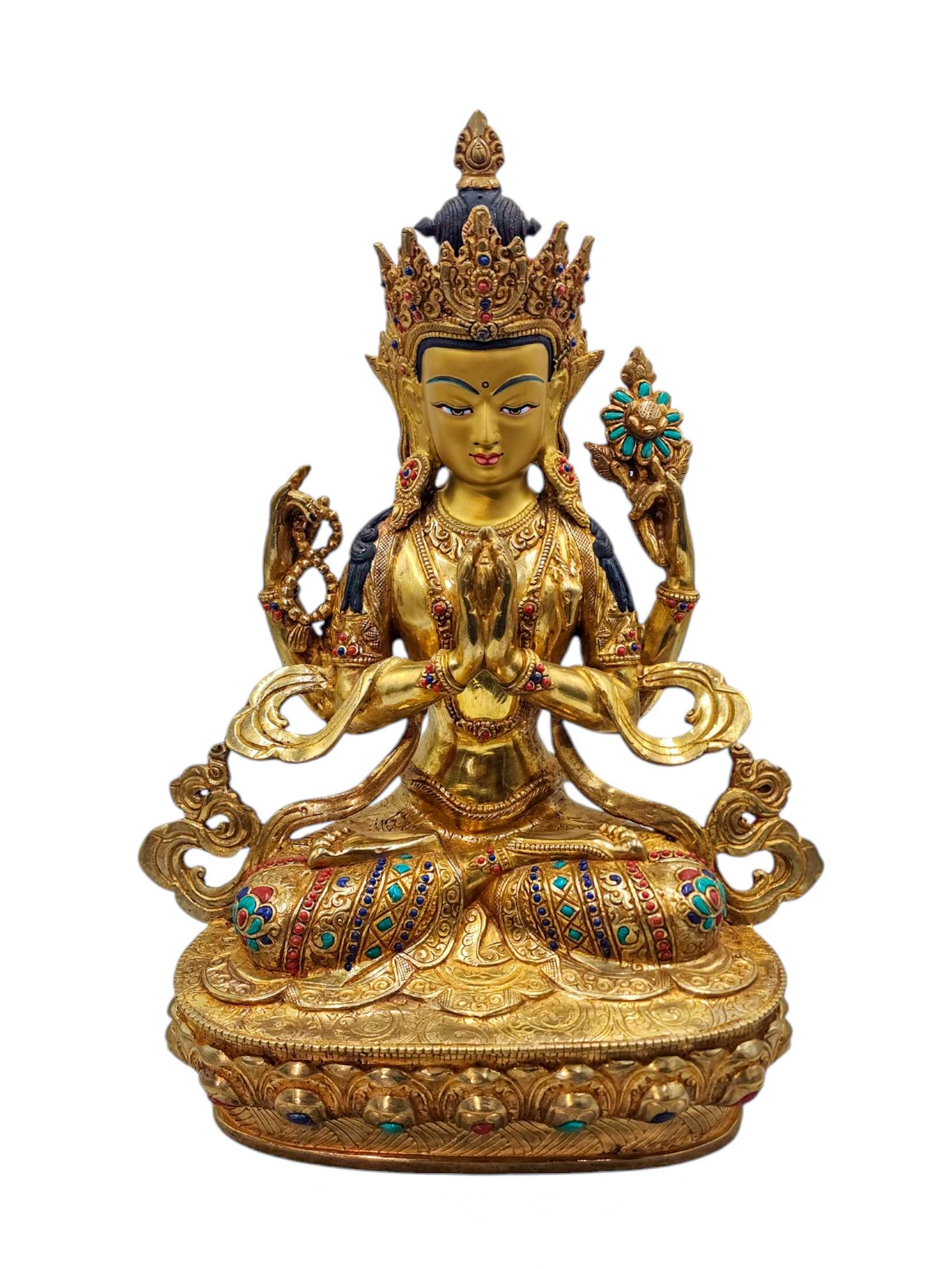 Chenrezig, Buddhist Handmade Statue,
Chenrezig, Buddhist Handmade Statue, 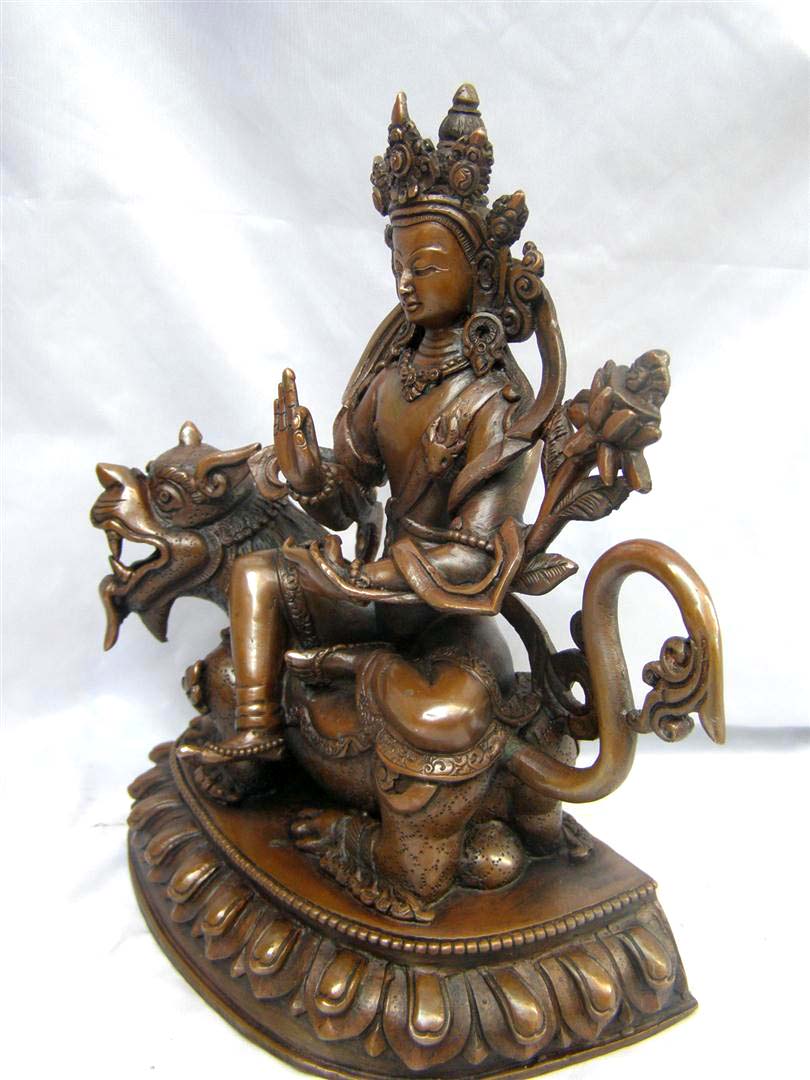 Chocolate Oxidize" title="Avalokiteshvara, Chenrezig Statue,
Chocolate Oxidize" title="Avalokiteshvara, Chenrezig Statue, 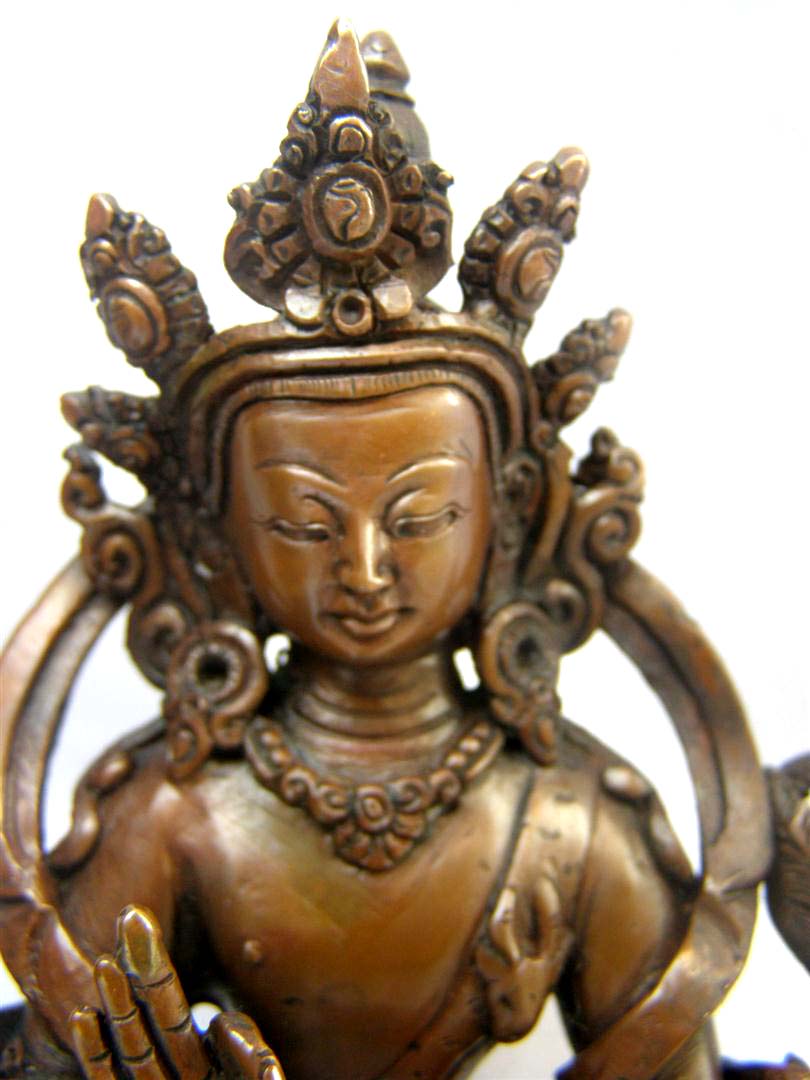 Chocolate Oxidize" title="Avalokiteshvara, Chenrezig Statue,
Chocolate Oxidize" title="Avalokiteshvara, Chenrezig Statue, 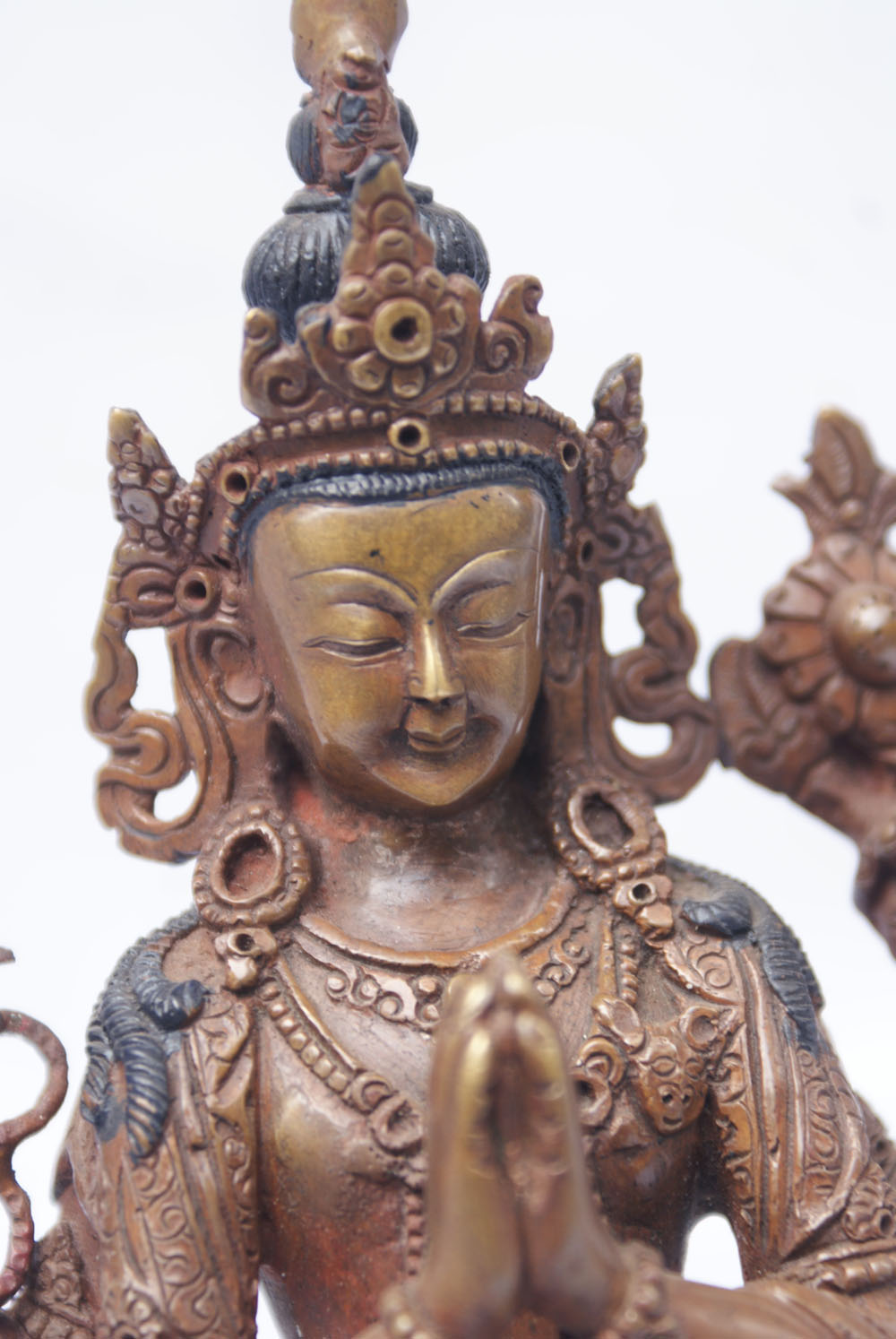 Sold" title="Avalokiteshvara Chenrezig Statue,
Sold" title="Avalokiteshvara Chenrezig Statue,  Sold" title="Avalokiteshvara Chenrezig Statue,
Sold" title="Avalokiteshvara Chenrezig Statue, 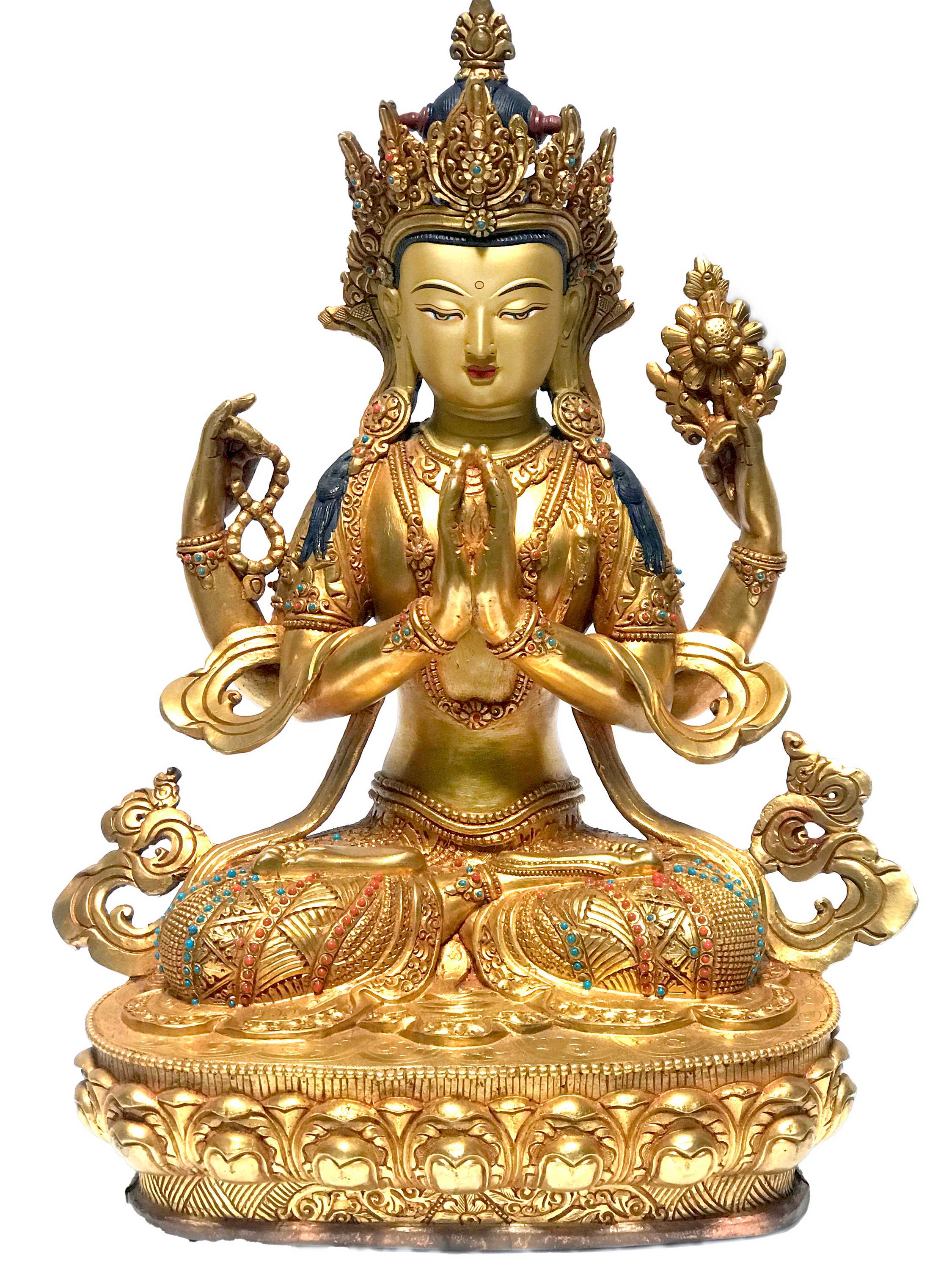 Monastery Quality Statue
Monastery Quality Statue  Monastery Quality Statue
Monastery Quality Statue 

 of Avalokiteshvara Chengrezig, Good Quality,
of Avalokiteshvara Chengrezig, Good Quality,  of Avalokiteshvara Chengrezig, Good Quality,
of Avalokiteshvara Chengrezig, Good Quality,